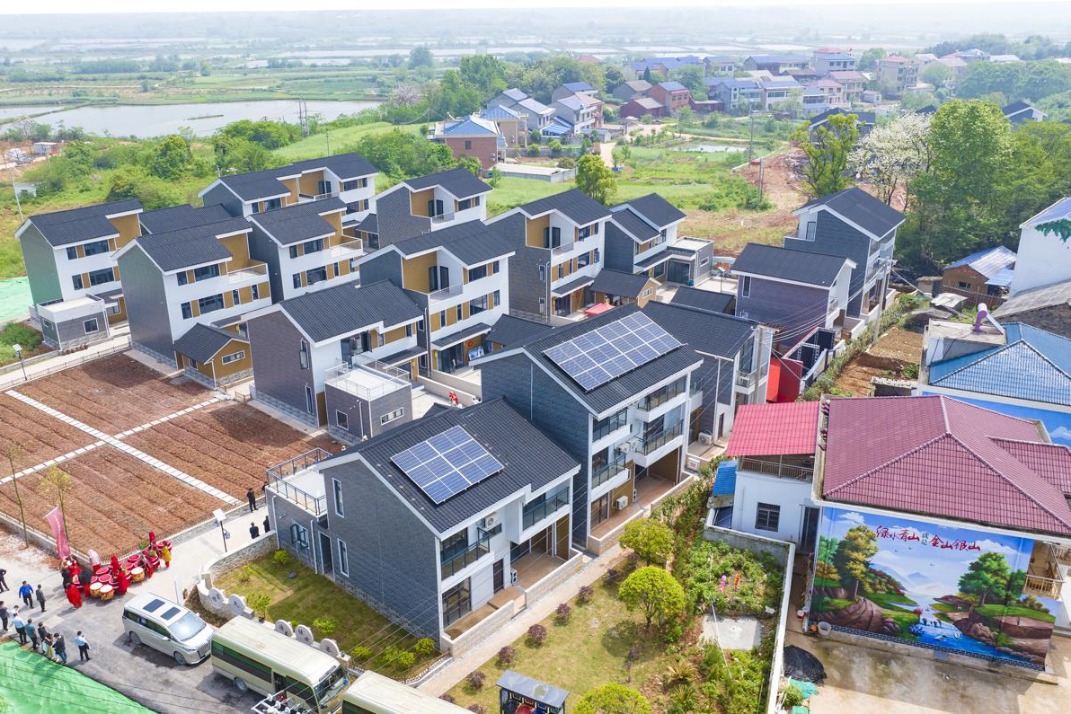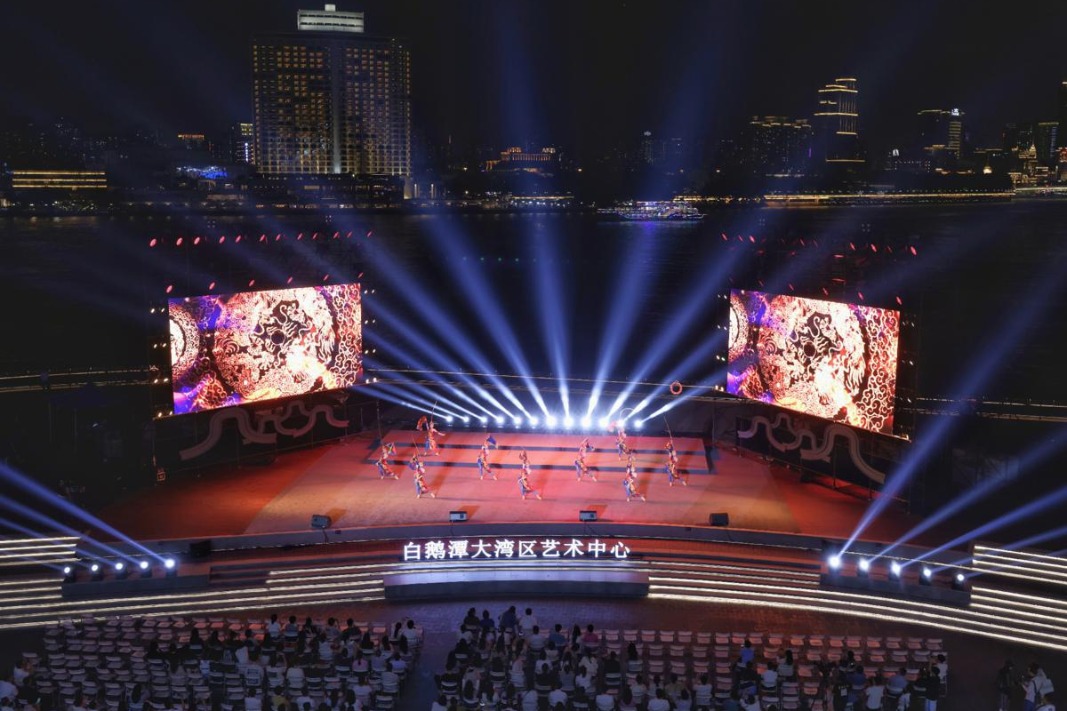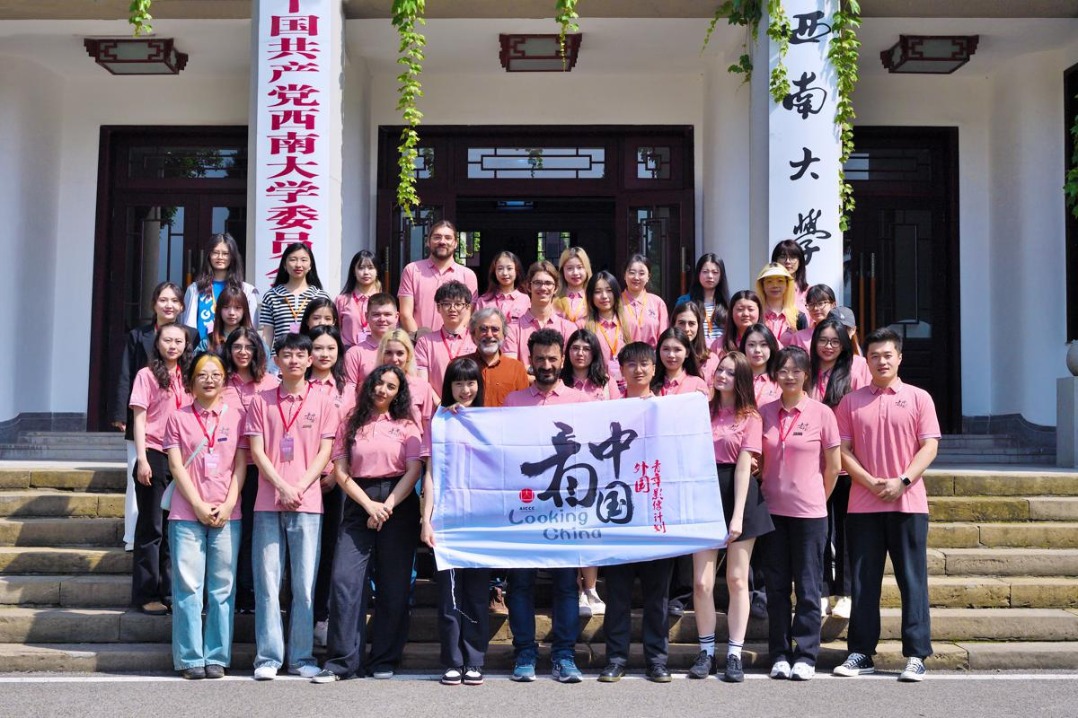Rome wasn't built in a day, but Xiong'an is well on its way


I went to Xiong'an for the first time in 2017, shortly after the plan was announced to develop the new area into something comparable to that of the Shenzhen Special Economic Zone and Shanghai Pudong New Area.
Back then, both Shenzhen and Pudong were already world-famous bustling areas covered in skyscrapers. And so, I had very high expectations for Xiong'an, and was curious about what the place was like.
When I was given the opportunity to report about the establishment of the area, I accepted it without hesitation.
My first visit left me with a deep impression, but I have to confess it was not a positive one. What concerned me most was the large amount of visible pollution in the rural area.
At a village very close to the start of Xiong'an New Area, the name of which I can't recall, I was embraced by a foul smell. What soon came into view were piles of trash with many flies hovering.
Waste also occupied almost all the surface of a small pond near the village. Through the small gaps among the waste, I could see the water was as black as coal.
It's no wonder that, back then, Baiyangdian was plagued by water pollution.
There were few vehicles on the road, though taxi drivers told me that the area was receiving a large number of visitors as curious as me about the place.
I visited Xiong'an again in 2018 and 2019. Staying for a very short period of time on both trips, I could hardly recall any big changes.
My most recent visit to Xiong'an, however, left me with another deep impression, and this time it was a positive one. I found that a garden city following the concept of the harmonious coexistence between humanity and nature has taken shape.
Early spring was probably not the best season to visit Xiong'an, as almost all the plants had not yet come back to life, though the willows had turned light green.
But no matter where I went in Xiong'an's urban area, I could easily find a park 10 to 20 minutes walk away, and there was usually a small lake in these parks.
Moreover, the piles of trash and small black and odorous water bodies in the rural areas, which could be easily sighted in 2017, have all disappeared.
Some foreign media reports have said that Xiong'an is a "ghost city" because there are many buildings that are not yet occupied. I don't think that's a serious and correct conclusion based on a proper comparison.
Rome wasn't built in a day. If we compare Xiong'an with Shenzhen and Pudong, Xiong'an is less developed. But if we compare Xiong'an with what it was in 2017, it is not.
When I left Xiong'an in the evening back in 2017, I felt a sense of loneliness. There were no taxis outside the railway station. And there were probably more station employees than passengers inside.
This time, when I left in the evening, taxis were lined up outside the station, and I could hardly find a seat when I went inside.
A taxi driver told me that in the past, heavy traffic was a rarity that might only happen during Spring Festival, the most important occasion for family reunions in China. But now it has become common in some areas.
For the foreign reporters who called Xiong'an a ghost city, let's come back in three years and see if the same assessment can be made.
- Visually impaired programmer revolutionizes braille translation in Xizang
- Innovative 3D printing transforms rural housing in Hubei
- Street stall to success: A stinky tofu journey
- China emphasizes importance of collaboration in barley resources
- China's national political advisory body holds leadership meeting
- Xi to visit France, Serbia and Hungary





































